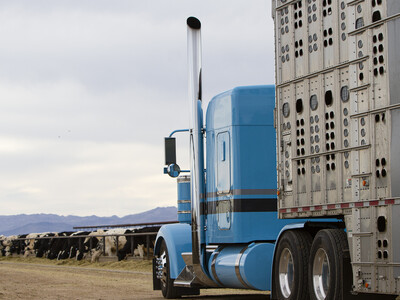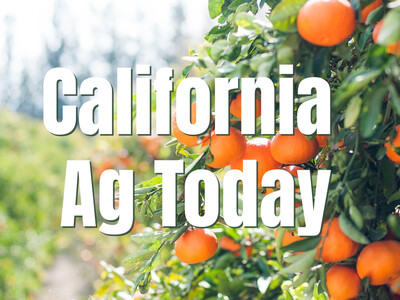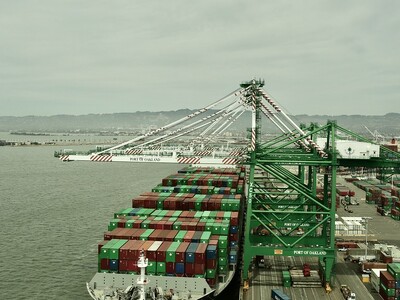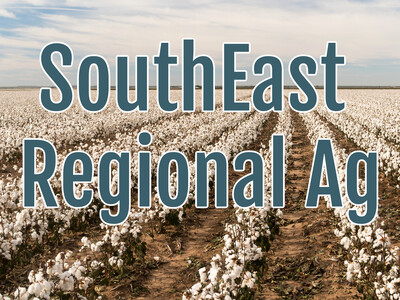Top Issues of the Year
Top Issues of the Year. I’m Greg Martin with today’s Line On Agriculture.
Representing farmers and ranchers from all 50 states, which grow all types of crops and livestock, means the American Farm Bureau Federation must weigh in on a multitude of issues.
STALLMAN: However we do not have unlimited resources and so it’s very important that we focus the resources we have on the issues that the board establishes as priorities to help us get the most bang for our buck.
American Farm Bureau President Bob Stallman says those priorities often stretch from one year to the next, but.
STALLMAN: Two new ones for this year were the ad hoc disaster assistance which we think is necessary to meet the needs of a lot of farmers across this country that faced weather disasters this past year. Also the economic hit taken by dairy producers because of low milk prices created a real problem and so there’s a desire to look at dairy policy and ways to improve economically the plight of dairy farmers.
Two holdover issues will have a heightened focus this year – climate change & energy policy and estate and capital gains taxes.
STALLMAN: We elevated those issues to what we call campaign issue status. And what we do with campaign issues is invigorate our membership, activate our membership to go out and work very hard for policy solutions in the congress to those issues. For the climate change energy policy campaign issue we hope to stop any legislation passing that is composed of a mandatory cap-and-trade program as has been passed by the house, but we want to do something positive and the positive side of that is to pass a comprehensive energy policy that does have a focus on renewables, that does have a focus on increasing low carbon energy, but does it in a fashion that doesn’t downsize American agriculture or put a big burden on the united states economy.
Stallman talks about the organization’s goals for disaster assistance.
STALLMAN: We’re looking for a bill that is able to address the situation for those farmers and ranchers who have experienced losses. There’s a lot of debate about how the money should go out, in what form, under what program structure and we think it’s important that that farmers and ranchers have to show that they’ve had a loss. There are other ways of doing it through direct payments that if you did not document the loss there would be people that were getting money that did not actually have the loss. We also need to expand it beyond that because there are a lot of individuals who don’t qualify for direct payments that have had losses and so we need to be sure that we cover and meet the needs of all of agricultural production that have had losses.
That’s today’s Line On Agriculture. I’m Greg Martin on the Northwest Ag Information Network.

















